Small combustion engines, due to their much lower efficiencies, spew much greater volumes of pollution on a per unit scale. In fact, the division chief at the California Air Resources Board was quoted as saying, ‘We [California] expect that ozone-contributing pollutants from small off-road engines [SOREs] will exceed those same emissions from cars around the 2020 time frame’.
Recently, California passed a law banning the sale of new gas-powered leaf blowers and lawn mowers (and most new SOREs) by 2024. And while corded electric lawn mowers and other plug-in landscaping equipment has been available for decades, it’s only in the past couple of years that battery technology became affordable and commercially available.
A story by the Press Herald highlighted a zero-emissions lawn care business run by two high school brothers – ‘Solar Mow’ – doing (nearly) emissions free work. The family that owns the units also owns a solar contracting company with 350 employees serving New England – ReVision Energy.
Here’s a video reporting on the teenagers who run the company.
The unit used by Solar Mow is the Rival, manufactured by Mean Green Mowers of Ohio. The Press Herald article notes that the teens paid back a $24,000 loan for the mower to their farther, which operates for 6-7 hours on a single charge.
Buyers of the Rival can choose from a 52” or 60” cutting deck, as well as a 14.5 kWh or 22 kWh battery. The Rival accelerates from 0 to its top speed of 11.5 mph in a blistering 1.3 seconds. Default options include a comfort suspension seat and a cup holder.
On the accessories page of the unit they list a 200 watt solar panel that doubles as a shade canopy. There are no specification details on the module, but they claim that it can add up to 20 minutes of operating time per day.
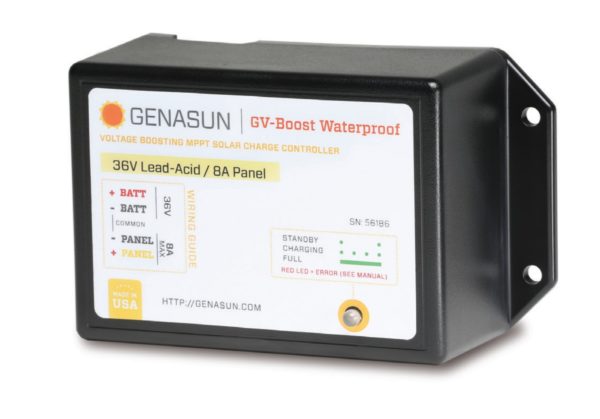
Sunforge
The charge controller between the solar panel and the mower battery is a Genasun GVB-8-WP, manufactured by Sunforge.
From California’s perspective, SOREs consist of off-road spark-ignition engines that produce less than 19 kilowatts (25 horsepower) of gross power. This class includes lawn and garden, industrial, logging, airport ground support, and commercial utility equipment, golf carts, and specialty vehicles.
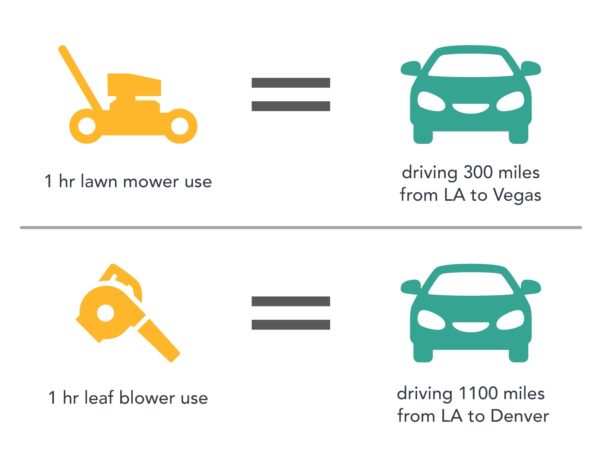
By 2028, California seeks to implement its second phase of the SORE emission reduction plan, by applying standards for generators and large pressure washers.
Remaining SOREs on store shelves at the end of 2023 and going into 2024 may still be sold, and owners of older equipment are permitted to continue operating, and polluting, with their small engines.
This content is protected by copyright and may not be reused. If you want to cooperate with us and would like to reuse some of our content, please contact: editors@pv-magazine.com.
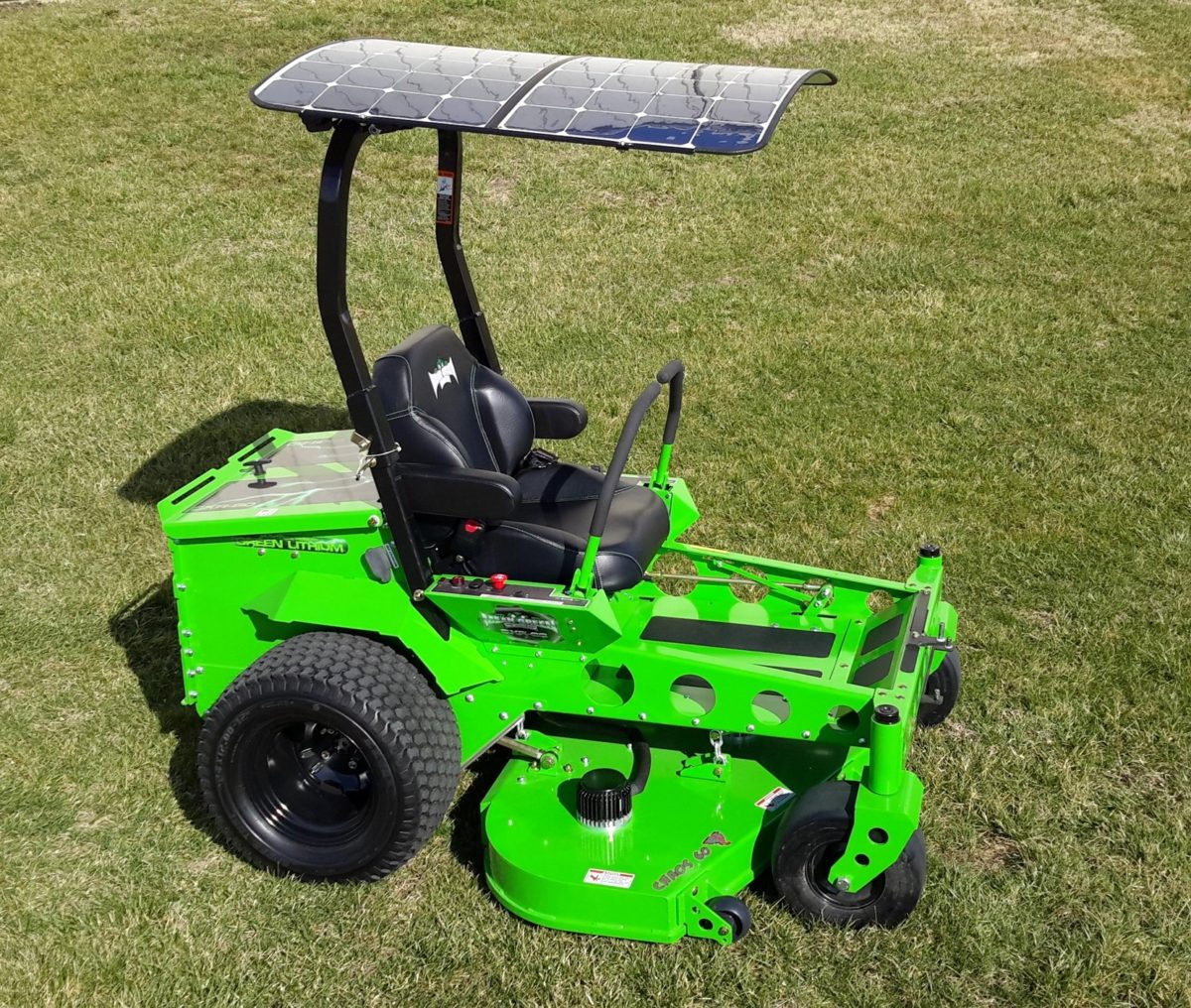
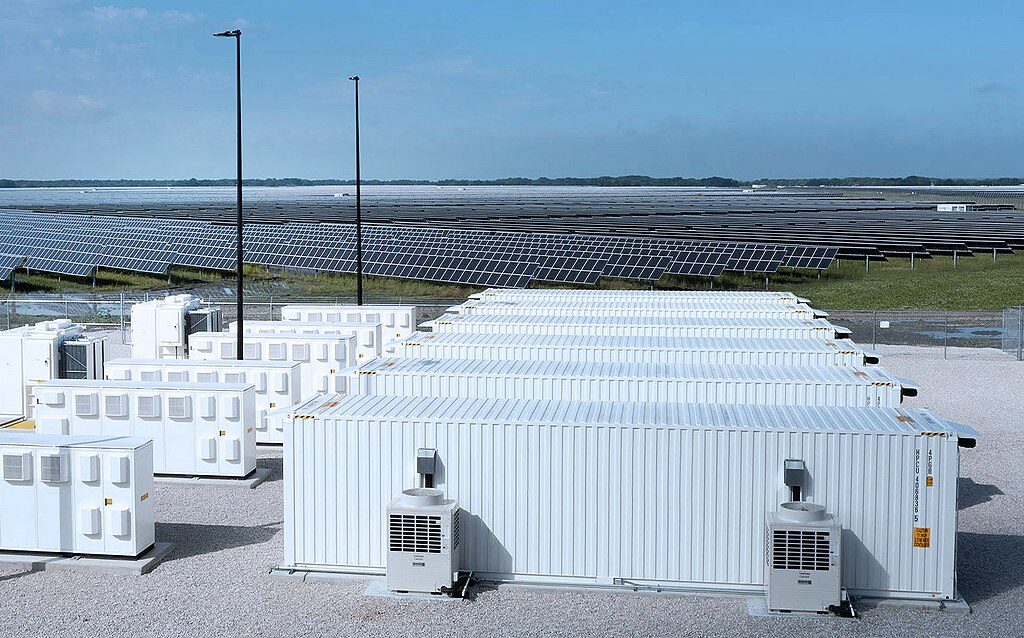




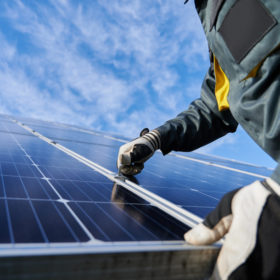

Irony alert: Although a cool tech, one hopes that solar lawn mowers will not become too prevalent in California, since folks need to get rid of their lawns and plant native gardens here during the prolonged drought!
touché